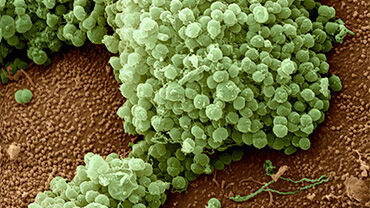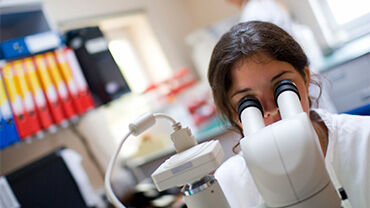Dissemination of NDM-1 positive bacteria in the New Delhi environment and its implications for human health: an environmental point prevalence studyArchived
This study aimed to determine the prevalence of New Delhi metallo-beta-lactmase-1 (NDM-1) positive bacteria in the New Delhi environment. The authors collected convenience samples of seepage and public tap water in New Delhi, India. Control material was collected at the Cardiff Wastewater Treatment Works, UK.
Walsh TR, Weeks J, Livermore DM, Toleman MA. Lancet Infect Dis. 2011 May;11(5):355-62.
This study aimed to determine the prevalence of New Delhi metallo-beta-lactmase-1 (NDM-1) positive bacteria in the New Delhi environment. The authors collected convenience samples of seepage and public tap water in New Delhi, India. Control material was collected at the Cardiff Wastewater Treatment Works, UK. The samples were tested by PCR and DNA probing. While the NDM-1 gene (blaNDM-1) could not be detected in Cardiff water samples, it was found in 51 (30%) of 171 seepage samples and in two (4%) of 50 tap water samples in New Delhi. NDM-1 positive bacteria were grown from 12 (7%) of 171 seepage samples and two (4%) of 50 tap water samples, and included 11 species in which the NDM-1 gene had not previously been reported, including Shigella boydii and Vibrio cholerae.
ECDC comment: Plasmid-encoded NDM-1 is an enzyme that inactivates a broad range of beta-lactam antibiotics including the carbapenems – a last-line class of antibiotics. NDM-1 producing bacteria are resistant to almost all antibiotics. During the recent months, there have been numerous reports of NDM-1 positive bacteria being imported to Europe, USA or Japan by patients who had been in contact with the health care system in countries from the Indian subcontinent or, more rarely, the Balkan region. This study shows that the NDM-1 gene can not only be found in bacteria acquired by patients in hospitals in India, but is also present in the environment and seems to be circulating in the Indian community. This may explain why patients who had travelled but had not been hospitalized in India had nevertheless imported NDM-1 positive bacteria into Europe. Travellers returning from countries in the Indian subcontinent and other countries where NDM-1 is prevalent may be colonised by NDM-1 positive bacteria, even when they have not been in contact with the health care system in the visited country.






